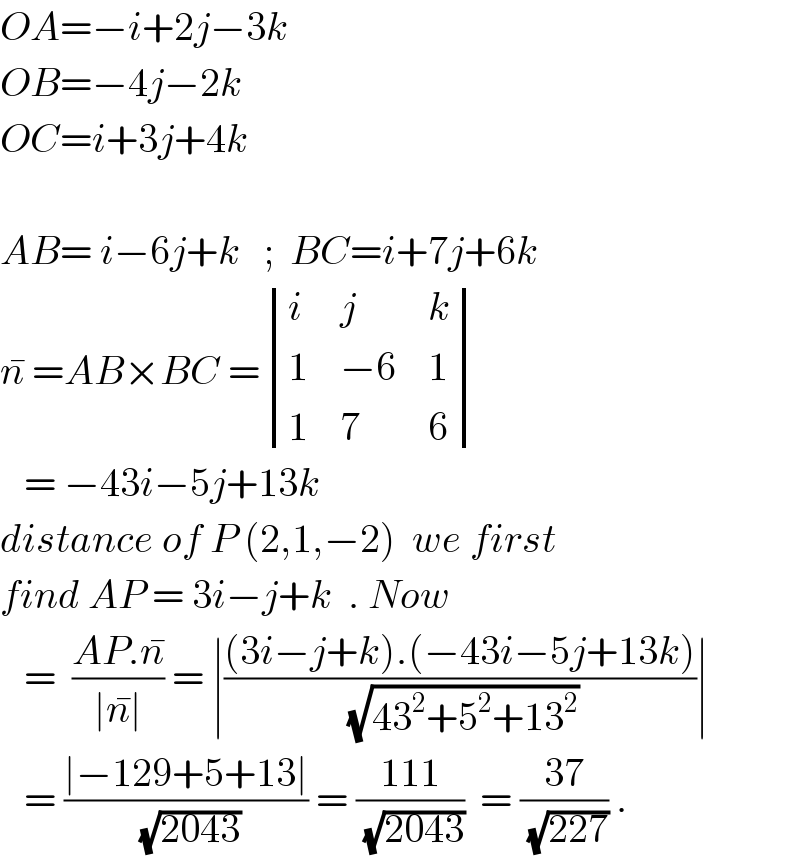Question Number 118747 by bemath last updated on 19/Oct/20
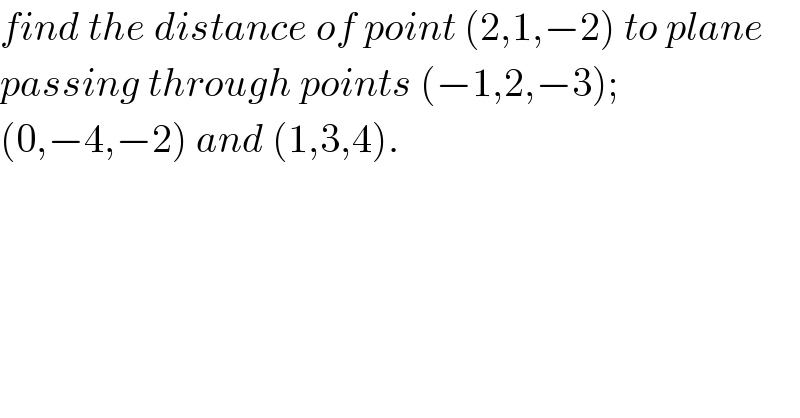
Answered by benjo_mathlover last updated on 19/Oct/20
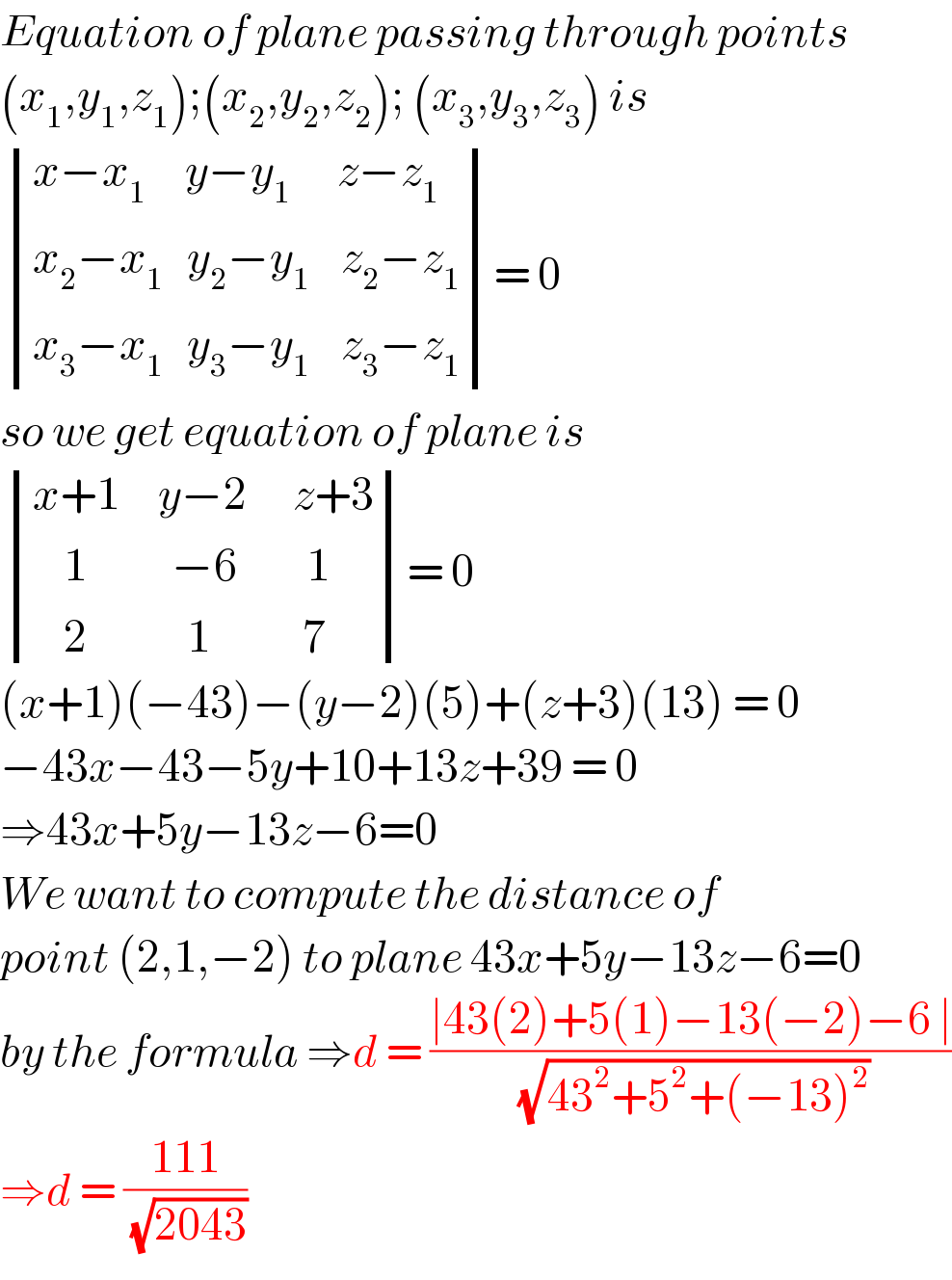
Answered by 1549442205PVT last updated on 19/Oct/20
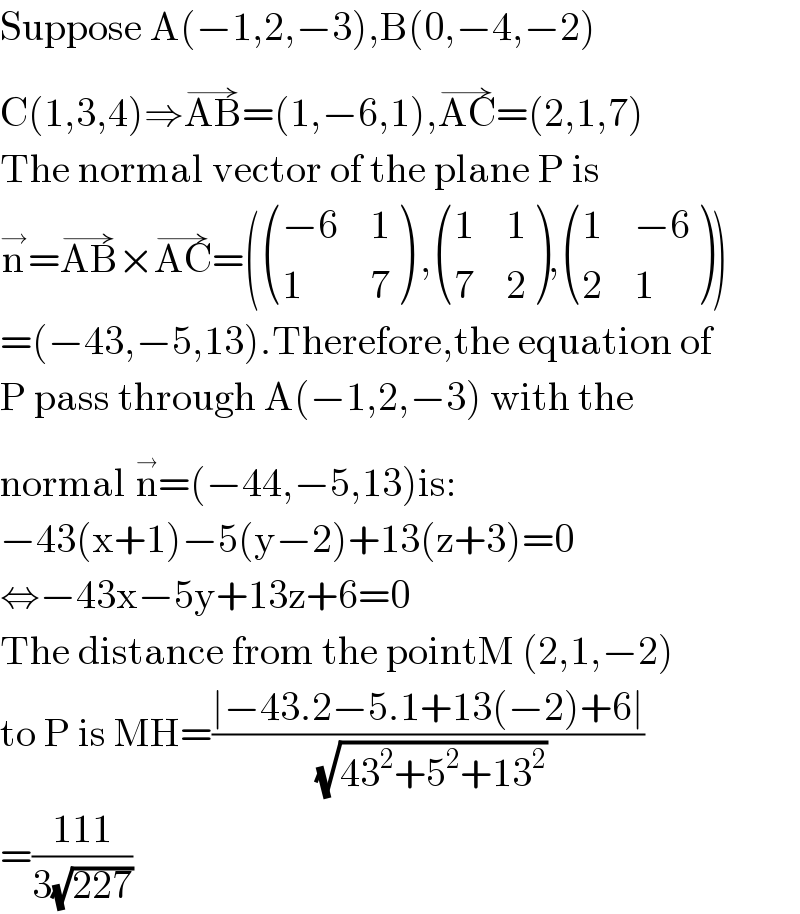
Answered by mr W last updated on 19/Oct/20
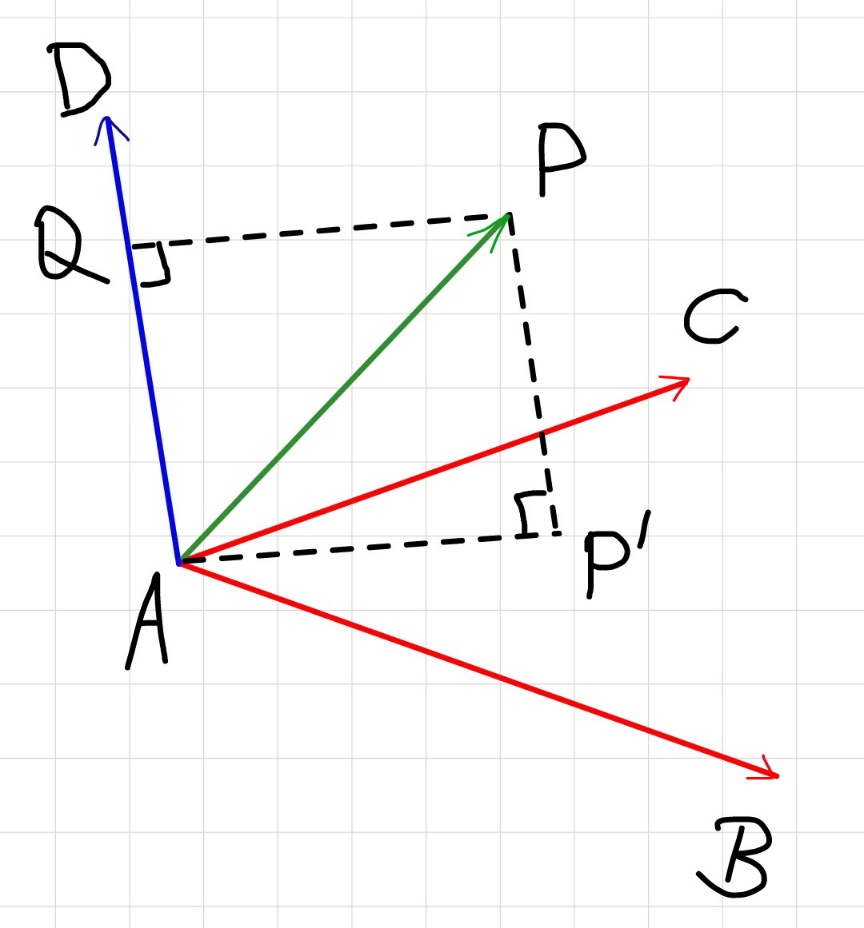
Commented by mr W last updated on 19/Oct/20
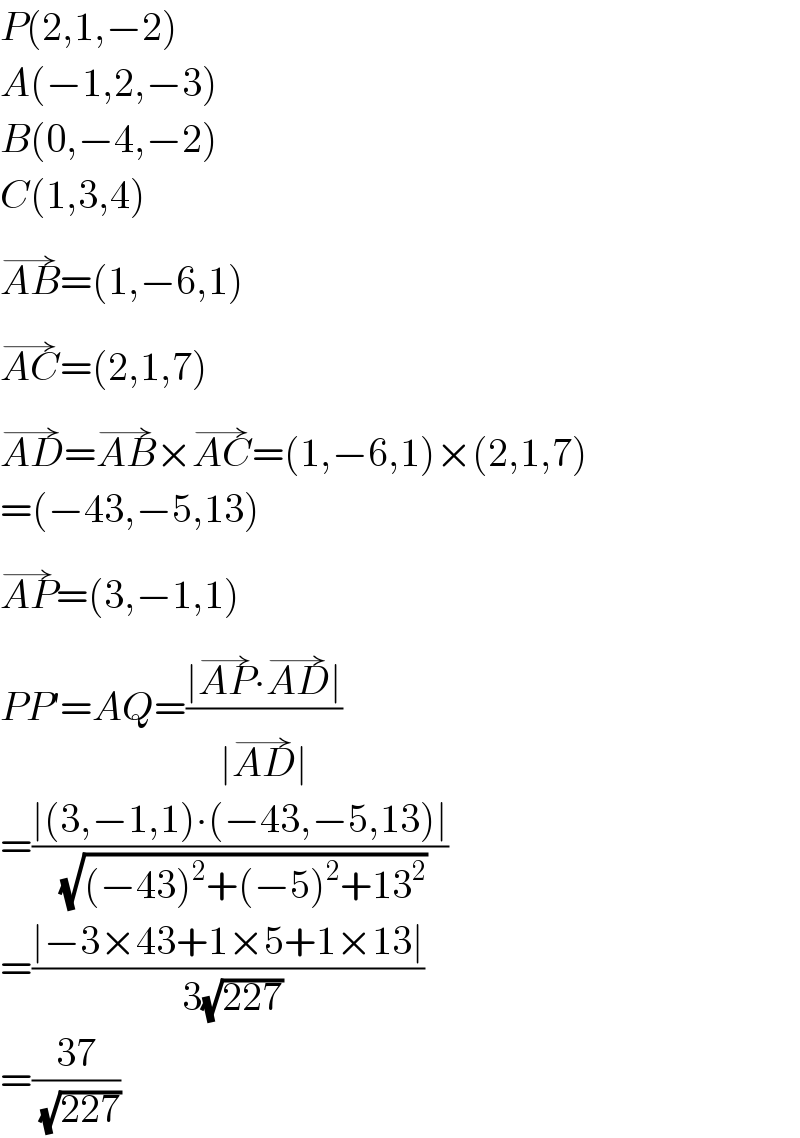
Answered by ajfour last updated on 19/Oct/20
